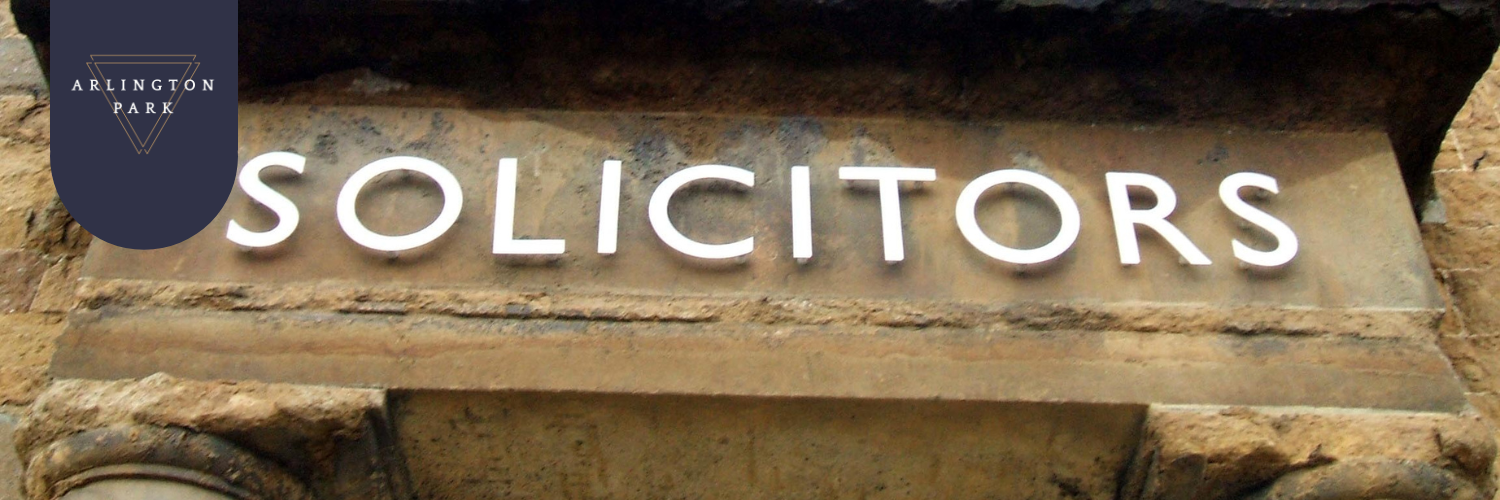November, 2023
The Conveyancing Process: A Comprehensive Guide for Property Buyers in Norwich
Purchasing property is an exciting time, but the intricacies of the conveyancing process can be daunting for many especially those new to buying. As a fundamental legal procedure, conveyancing involves the transfer of property ownership and encompasses various stages, from choosing a solicitor to the completion of the transaction. This comprehensive guide aims to break down the key steps involved in the conveyancing process, shedding light on the nuances, and offering prospective buyers a roadmap to navigate the complexities with confidence.
Choosing a Solicitor or Conveyancer:
The conveyancing journey kicks off with the crucial decision of selecting a solicitor or licensed conveyancer. We always recommending using a local solicitor that is familiar and understands Norwich and the typical properties that are found in our fine city.
We once had a solicitor based in Wales refusing to sign off an enquiry on coal mines because there hadn’t been a survey completed. If anyone can locate a coal mine in Norwich or even East Anglia, I’ll happily buy them a drink!
These legal professionals act as the linchpin, guiding you through the legal intricacies of property transactions. To make an informed choice, prospective buyers should obtain quotes from different conveyancers, considering factors such as expertise, responsiveness, cost and of course by checking out their past client reviews. Don’t just select one because your financial advisor or estate agent has told you to use them, they may be receiving a kick back, so may not be working in your best interest.

Pre-Contract Stage:
Upon securing legal representation, the conveyancer delves into the pre-contract stage. This involves acquiring essential documents, such as title deeds and Land Registry information. Additionally, thorough searches are conducted to unveil potential concerns, such as environmental issues or planning applications that may impact the property.
Drafting the Contract:
The seller's solicitor or conveyancer takes the lead in drafting the contract, a document outlining the terms of the sale. This includes specifics about the property, the agreed-upon sale price, and any fixtures and fittings included in the transaction. The buyer's conveyancer will meticulously review the contract, raising enquiries with the seller's representative as needed.
Property Surveys:
Though not mandatory, property surveys are highly recommended for buyers to uncover any hidden structural issues or defects. This information serves as valuable negotiation leverage, allowing buyers to either adjust the sale price or request repairs before proceeding. Again we recommend the use of Norwich based surveys that have a familiarity to the area.

Mortgage Arrangements:
For those financing their purchase through a mortgage, the lender conducts its own valuation survey. The buyer's conveyancer works closely with the lender, ensuring all mortgage-related documentation aligns with legal requirements and facilitating a seamless financial transaction.
Exchange of Contracts:
Once all enquiries are resolved to both parties' satisfaction, the buyer and seller sign and exchange contracts. At this point, the buyer typically pays a deposit, usually ranging from 5% to 10% of the property's value, the buyer is now legally bound to complete the purchase. The completion date is agreed upon, marking the formal transfer of ownership.
Completion:
The culmination of the process occurs on the agreed-upon completion date. On this day, the remaining funds are transferred from the buyer to the seller, and the buyer's conveyancer registers the change of ownership with the Land Registry. Keys are officially handed over, and the property changes hands.
Post-Completion Formalities:
Following completion, the conveyancer ties up loose ends, such as ensuring the payment of Stamp Duty Land Tax (SDLT) and updating the buyer's details with utility providers. These post-completion formalities contribute to a seamless transition into the new property ownership.
The conveyancing process is a multifaceted journey requiring careful consideration, collaboration with legal professionals, and active engagement from the buyer and their agent. By understanding each step and proactively participating in the process, prospective property buyers can transform what might seem like a complex endeavour into a manageable and even enjoyable experience, ultimately leading to a successful property transaction.